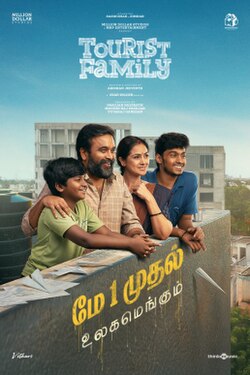Being a fan of John Boyne’s books, I was thrilled to receive a copy of his latest “A Traveller at the Gates of Wisdom” from Penguin Random House for a review.
Without giving any spoilers, here is a bare outline of the plot:
An unknown man leads the reader through 2000 years. His story unfolds, unlimited by time and space. Beginning in ancient Rome, each chapter in the narrator’s life is set in a different country. The characters and their relationships with the man – wife, brother, cousin – stay the same but evolves through centuries.
At first, I thought this was something biblical, perhaps a retelling of the story of Jesus like Sue Monk Kidd’s “The Book of Longings.” But very soon I realized this was much bigger.
It takes a while to get used to the plot and can be disorienting to follow in the beginning. But once you get comfortable with the leaps forward into time you settle down into the story, narrowing your focus to what is happening in the narrator’s life.
I am sure there was considerable effort involved in writing this novel, to set it within certain time periods, and set scenes as accurately as possible. There are small slip-ups. The names in the chapter set in India, for example. Boyne uses names like Deepak, Bhavna, and Shanthi, which are modern and contemporary, and does not sit well in the 14th century milieu when the story takes place. And Indians definitely don’t have “bright blue eyes.” Other readers have pointed out the presence of kimonos in China and people sporting Spanish names in Argentina before the arrival of the Spanish.
I was ok to coast along ignoring the weariness that was starting to creep up by the time I reached the 17th and 18th centuries. But it was the last two chapters that completely disappointed me. It felt very disengaged from the rest of the book. It was as if Boyne used those last few pages to really talk about his views on Trump, climate change, and a whole lot of other issues. He then ends the book, setting it far in the future in 2080, giving his vision of what the world looks like then.
“There are no men or women, no boys or girls, no transgender or intersex people…” and there is a “competition to escape the dying planet.”
I have mixed feelings about this book. The brilliant and innovative idea of setting the plot in different worlds ignoring the time-space continuum, and the fun cameo appearances of famous figures like King Herod, Shakespeare, Michelangelo, and others, are the aspects I really loved about it. But paired with the effort needed, sometimes, to keep track of the names and the ungainly ending did not leave me with the satisfaction that a usual John Boyne novel gives me.
Thank you to Penguin Random House for the ARC!
Verdict: Read but with lower expectations
Rating: 3.5/5
Pic courtesy: Penguin Random House



